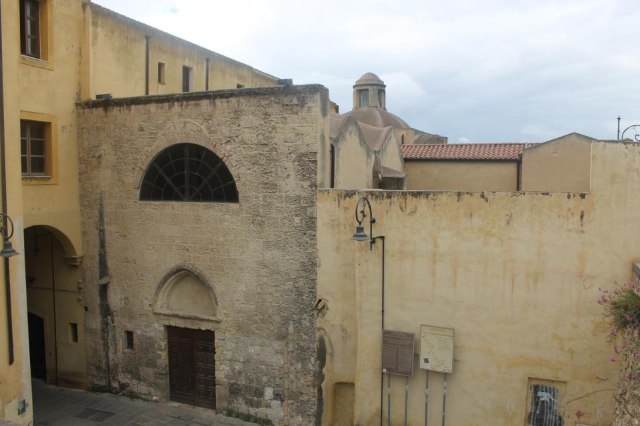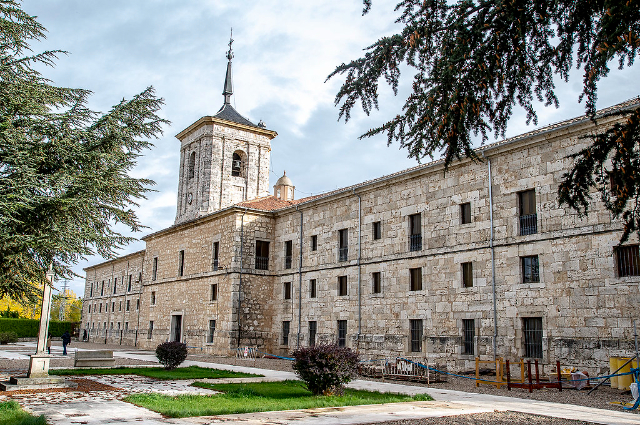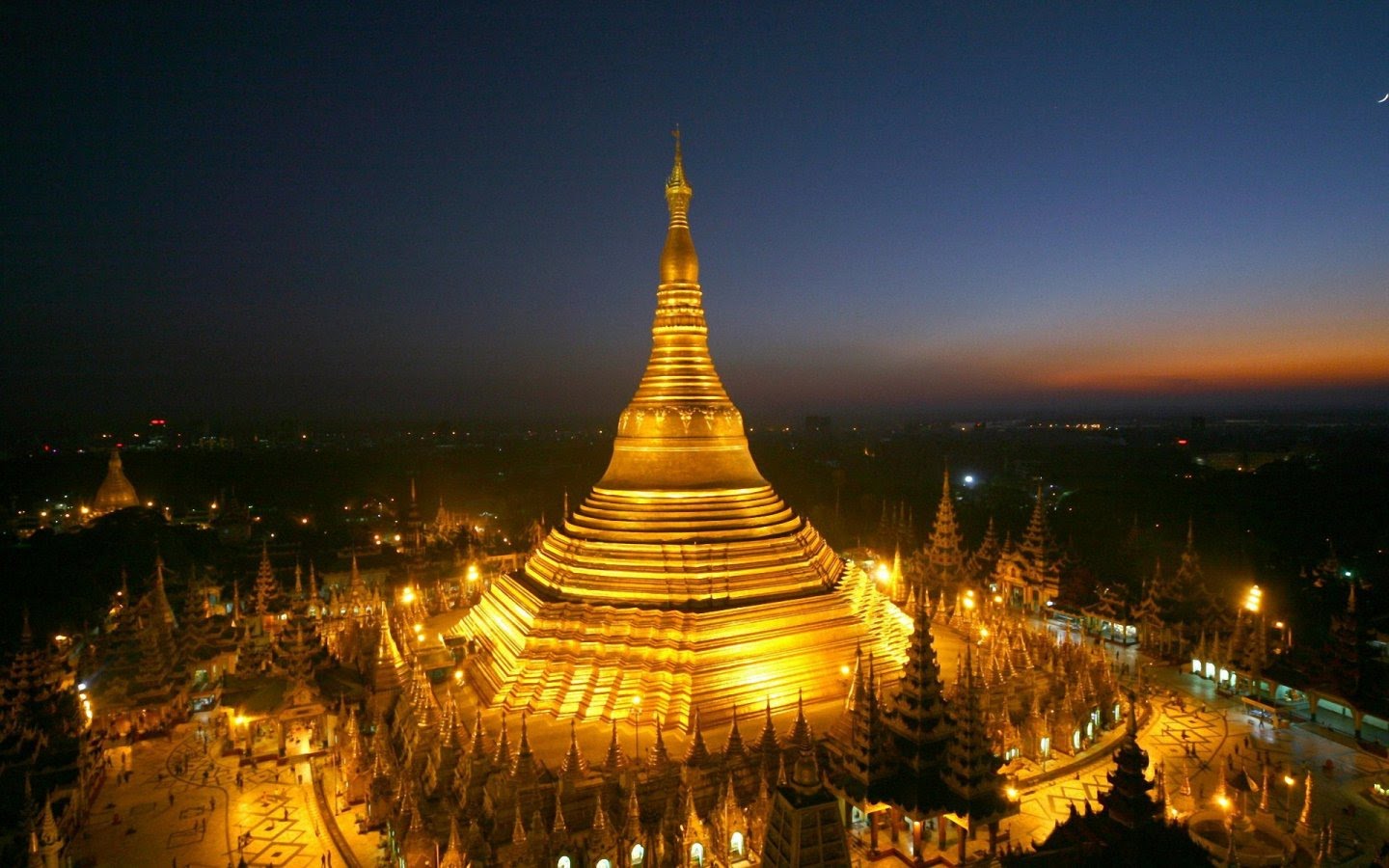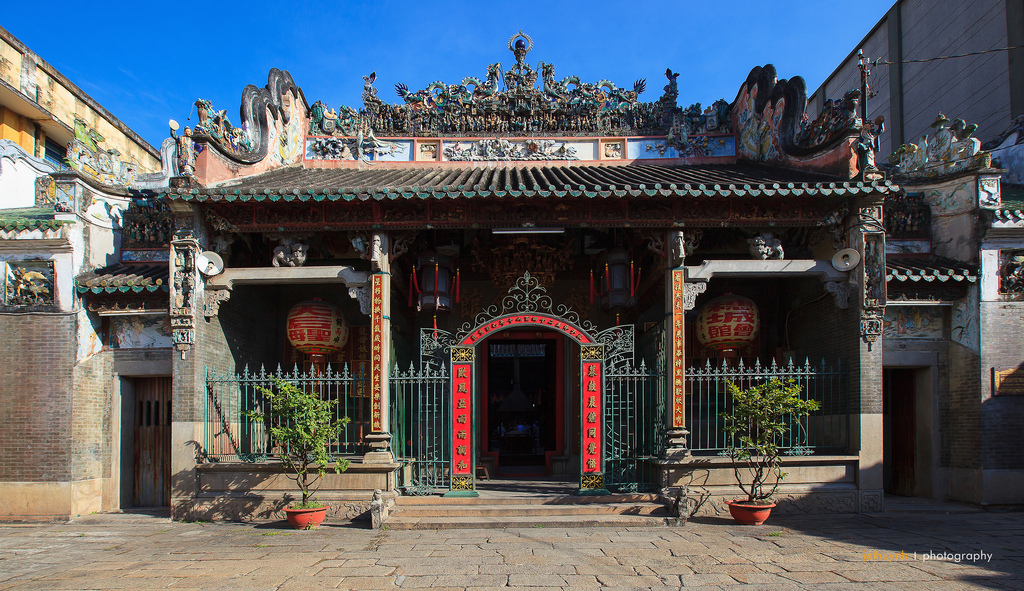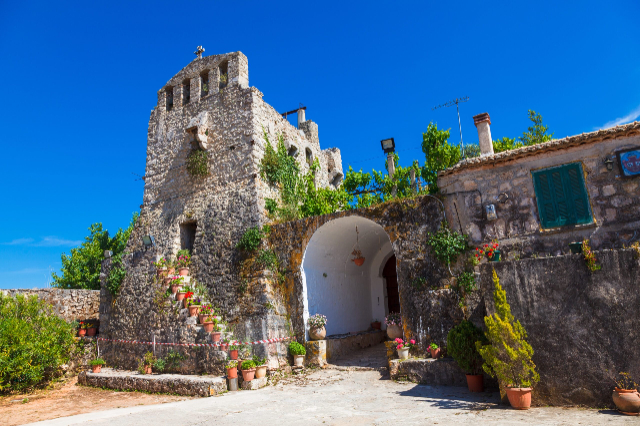The so-called Chiesa Nuova, or ‘new church’, replaced an earlier, 12th-century chapel on the site dedicated to St. John. It is known also as Santa Maria in Vallicella—the church in the little valley. Pope Gregory XIII gave this older church to St. Philip Neri, one of the period’s most appealing characters, in recognition of the priest’s foundation of the Oratorians, or Filippini. Like the Jesuits, this was one of several religious orders established in the 16th century during the Counter-Reformation.Inside, Philip’s wish that the church should be simply whitewashed was also quietly forgotten. In 1647 Pietro da Cortona was commissioned to paint a fresco in the nave, dome and apse, an undertaking which, working on and off, took him 20 years to complete. The result is an elaborate and sumptuous baroque cycle, the Life and Apotheosis of Aeneas, which competes with the church’s other artistic treasures, an altarpiece and flanking pair of paintings by Rubens. These were painted on slate to reduce the effects of reflected light. Equally important are his Presentation and Visitation, located respectively in the left transept and fourth chapel of the left aisle. The church’s most overwhelming items are its glorious pair of shuddering, gilt-covered organs on opposite sides of the nave.Oratorio dei Filippini The Oratory stands outside the church to the left and dates from 1637 to 1652 (Open: most mornings and for exhibitions). Philip Neri’s headquarters are fronted by an idiosyncratic curved façade designed by Borromini. Here the saint’s followers held their musical services. During these the musical form known as the oratorio was developed, though today the building is quiet, and houses the Capitoline archive and the Biblioteca Vallecelliana, Rome’s greatest library for history and antiquities.


